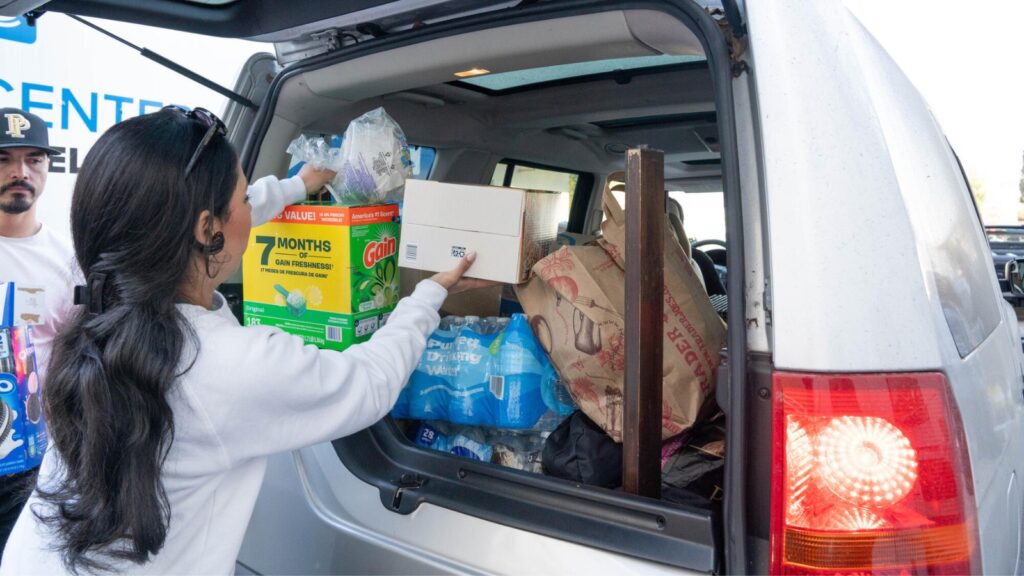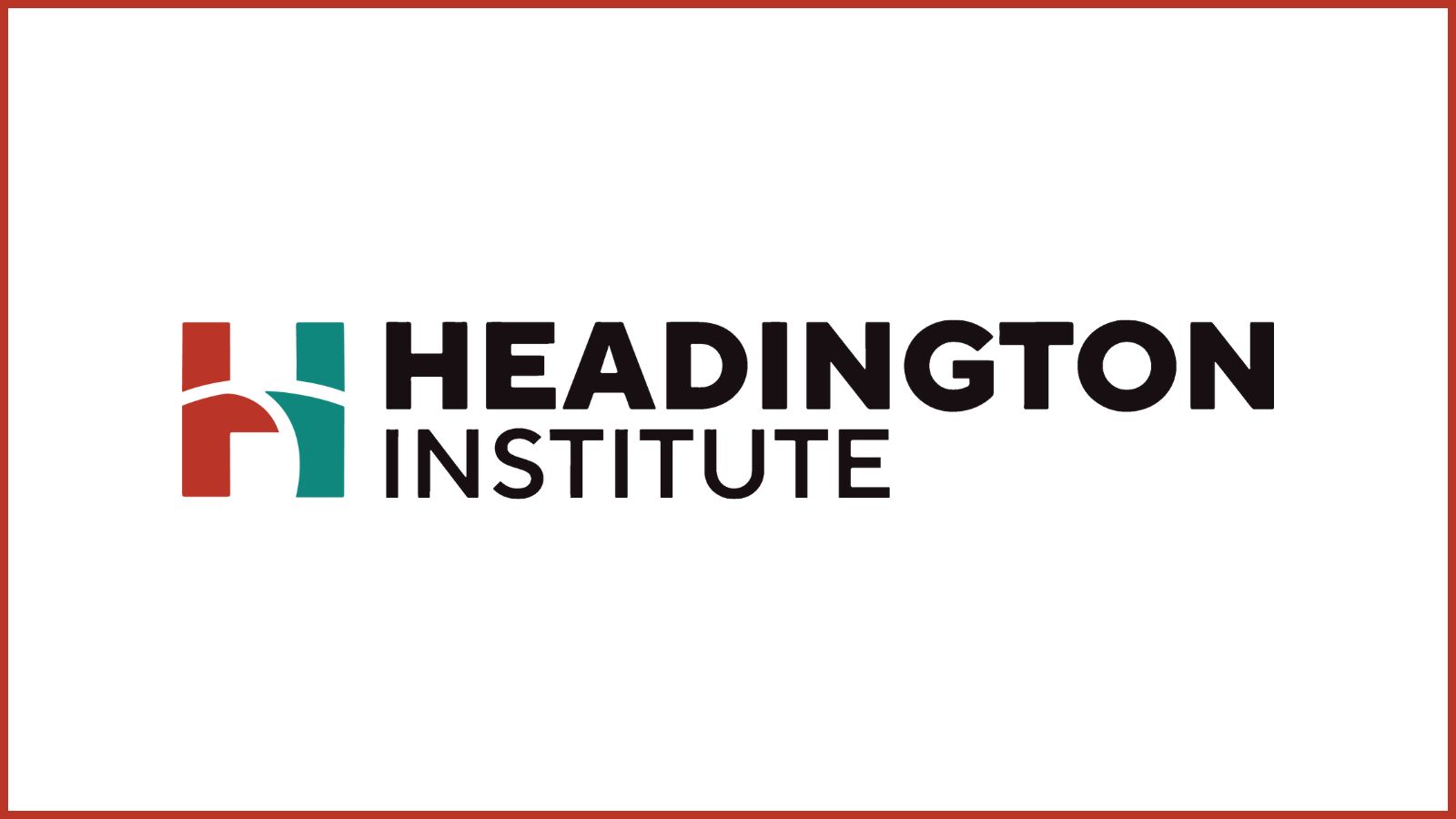Windswept flames raced across hillsides and tore through residential neighborhoods. Evacuation orders shifted by the hour. Entire communities were holding their breath. Yet even as fire crews battled to contain the blaze, a different kind of movement was already underway; volunteers assembling distribution lines, church networks coordinating aid, nonprofit teams laying the first bricks of what would become months of recovery.
Amy Van Drunen, on assignment with World Vision, had come to document the early stages of the wildfire response. A seasoned documentary and humanitarian photographer, she has spent the past decade covering crises in some of the world’s most volatile regions, including Yemen, Iraq, and South Sudan. What she witnessed in Los Angeles, though geographically different, carried a familiar emotional undertone.
“There’s something deeply human about what I saw,” she says. “People were stepping up out of love. They were tired, worried, sometimes grieving and still, they were distributing supplies and checking on loved ones.”

Many of the people she documented were part of the very communities affected by the fires: local pastors, youth workers, volunteers from nearby congregations, and staff from nonprofits with deep roots in the area. Some had evacuated their own homes just days before. Others were unsure if their houses still stood. Yet there they were, handing out essential supplies.

This dynamic, where those offering aid are also directly affected, is well known in disaster psychology. It introduces what is known as shared trauma exposure, a phenomenon in which both the helper and the helped experience the same traumatic event. Research in post-disaster mental health shows that shared trauma, while a powerful motivator for solidarity, also elevates the risk of vicarious trauma, compassion fatigue, and burnout, particularly when recovery efforts are sustained over time without adequate support.
“This community was grieving and giving. The emotional weight was close. People weren’t just seeing distress; they were feeling it, too.”
This dual exposure is especially pronounced in localized disasters like wildfires, where there is little time for emotional processing, and where the line between personal crisis and professional responsibility quickly dissolves. Individuals find themselves performing under pressure, suppressing their own emotional needs to prioritize others. Over time, this can produce a cumulative effect, affecting both personal well-being and organizational resilience.
Scientific studies on the wear and tear on the body and mind from chronic stress have shown that repeated exposure to trauma without space for recovery can have long-term implications. These include impaired decision-making, diminished empathy, increased health risks, and a higher likelihood of disengagement or attrition among frontline workers.
Most of the people Van Drunen met were focused on immediate and outward facing concerns. In times of crisis, frontline workers rarely pause to consider the emotional toll, which is why it’s essential for organizations to proactively plan for long-term psychological care.

“People stepped up because the need was there,” she reflects. “Though, the helpers need help too.”
This is echoed by Headington’s psychologists and trauma specialists who work in disaster recovery. Emotional resilience is often framed as an individual trait, but in reality, it functions best when embedded within systems of care. Organizational culture, peer support structures, leadership training, and clear recovery protocols all play a role in buffering the impact of prolonged stress. Without these, even the most dedicated individuals are left vulnerable to collapse.
As communities across California brace for increasingly frequent and intense wildfire seasons, these psychological aftershocks must become part of how we define disaster response. The trauma of fire is not confined to the moment of escape or loss; it lingers in memory, in daily routines disrupted, in the pressure to keep functioning when the body and mind need pause.
As Mental Health Awareness Month invites reflection on how we care for ourselves and others, it also offers an opportunity to expand our definition of what recovery requires.
Psychological safety for individuals, teams, and entire communities is not an optional layer. It is the foundation on which sustainable recovery depends.
At the Headington Institute, this understanding has shaped over twenty years of work with humanitarian professionals, emergency personnel, and nonprofit teams operating in crisis environments. The LA Community Resilience Project, a current initiative in Los Angeles, builds on this experience by offering practical tools and support to those engaged in wildfire recovery. Through training, peer networks, and tailored mental health resources, the project aims to help communities not only respond but endure. Learn more about our work in LA.



